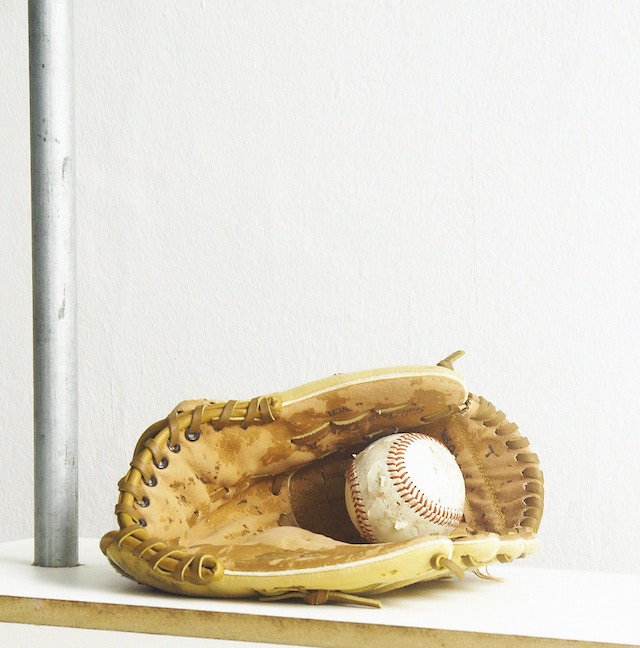
There are plenty of different ways to break in a new baseball glove. If you’re a fielder, your glove will likely be taller than it is wide. Baseball gloves are typically made of leather. This durable material can last through several seasons. However, it can be tough to handle at first.
Like a Purist
Old-school baseball fans will tell you that there’s really only one way to break in a new baseball glove. To them, the only way is to use it in the way it’s intended: for playing catch. Of course, if you adopt this method, you can expect to drop a lot of balls at first.
Conditioning
There are a few different ways to condition a baseball glove. Steaming is something that many people swear by. Start by applying conditioning oil to the glove. Then steam it to open pores in the leather. The temperature of the steam should be about 150F. Then, use a glove mallet to further soften the leather. An older-school technique is to store the glove with a ball inside it and wrap it.
Wrapping The Glove
There are a couple of ways to wrap a glove. Some people use rubber bands. This method can lead to snapping, however. To do this, fold the glove in on itself. Then, decide whether or not to enclose a ball within it. Then, wrap it with shoelaces. The laces should be long enough to wrap around the glove more than once. This ensures a snug fit. Leave the glove like this overnight.
What Not To Do
Don’t put a glove in the microwave! The microwave can ruin a glove before it gets broken in. Unlike steaming, which keeps the glove moist, the microwave can damage the leather in the laces and glove. It can make them more brittle. That’s right, instead of softening the glove, the microwave can make it cracked and crumbly. Shockingly, many people try this strategy every year. Don’t be one of the people who loses a perfectly good glove to this!
Generally, the best strategy is to use all of the methods recommended above. These techniques are also great for softball gloves. Of course, for a softball glove, using a larger glove to accommodate the larger ball is often recommended. Find out more about breaking in gloves here.